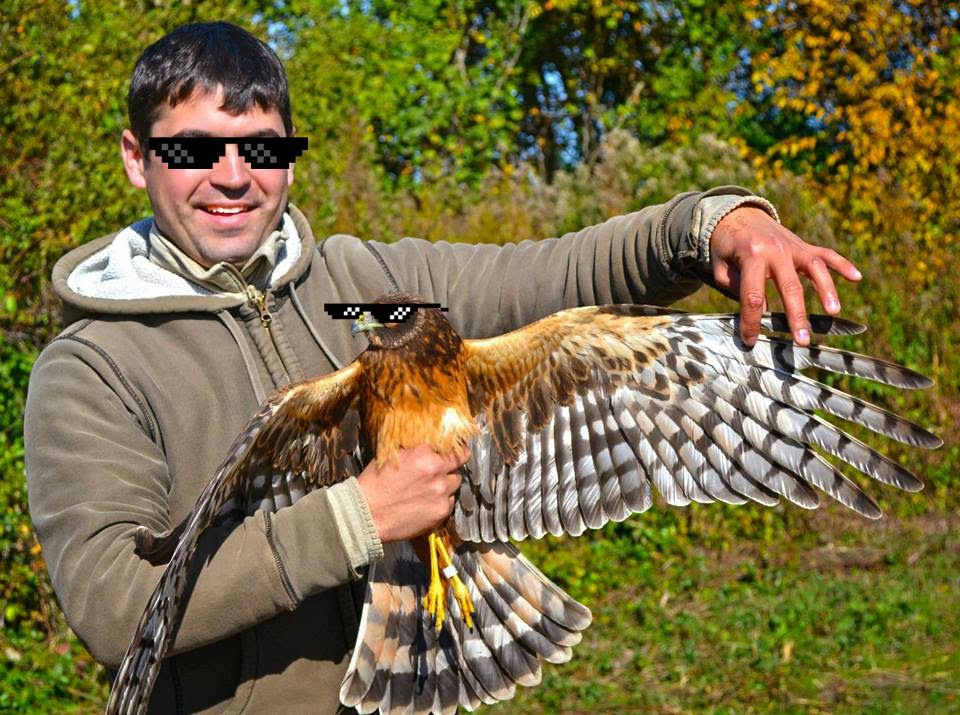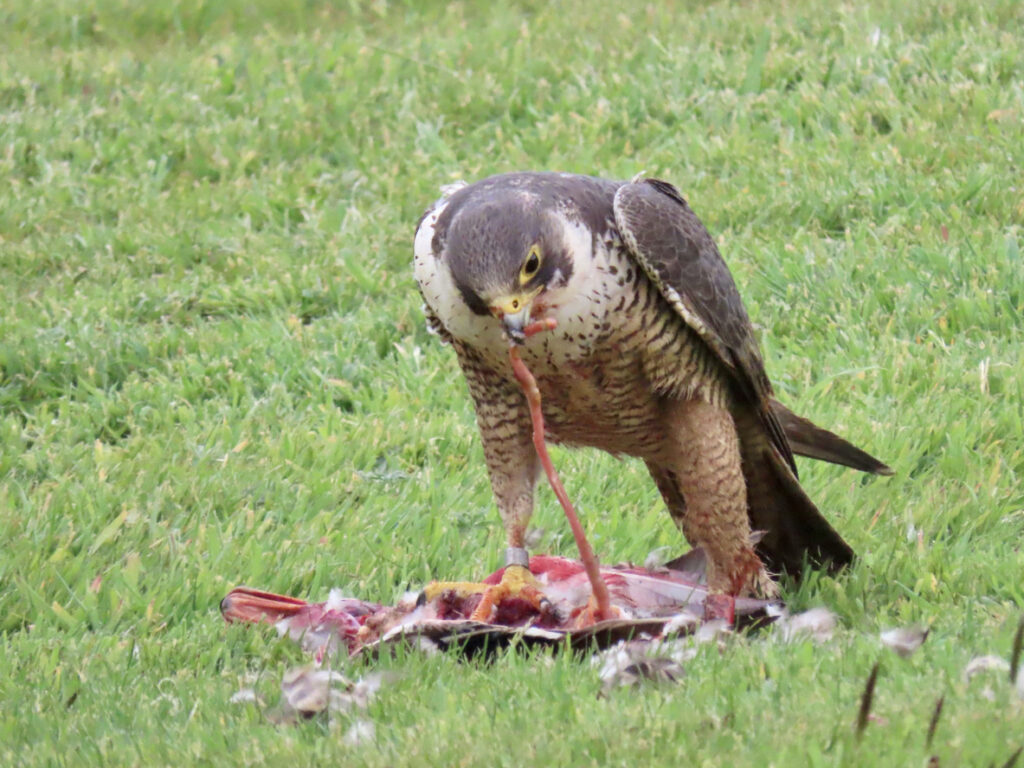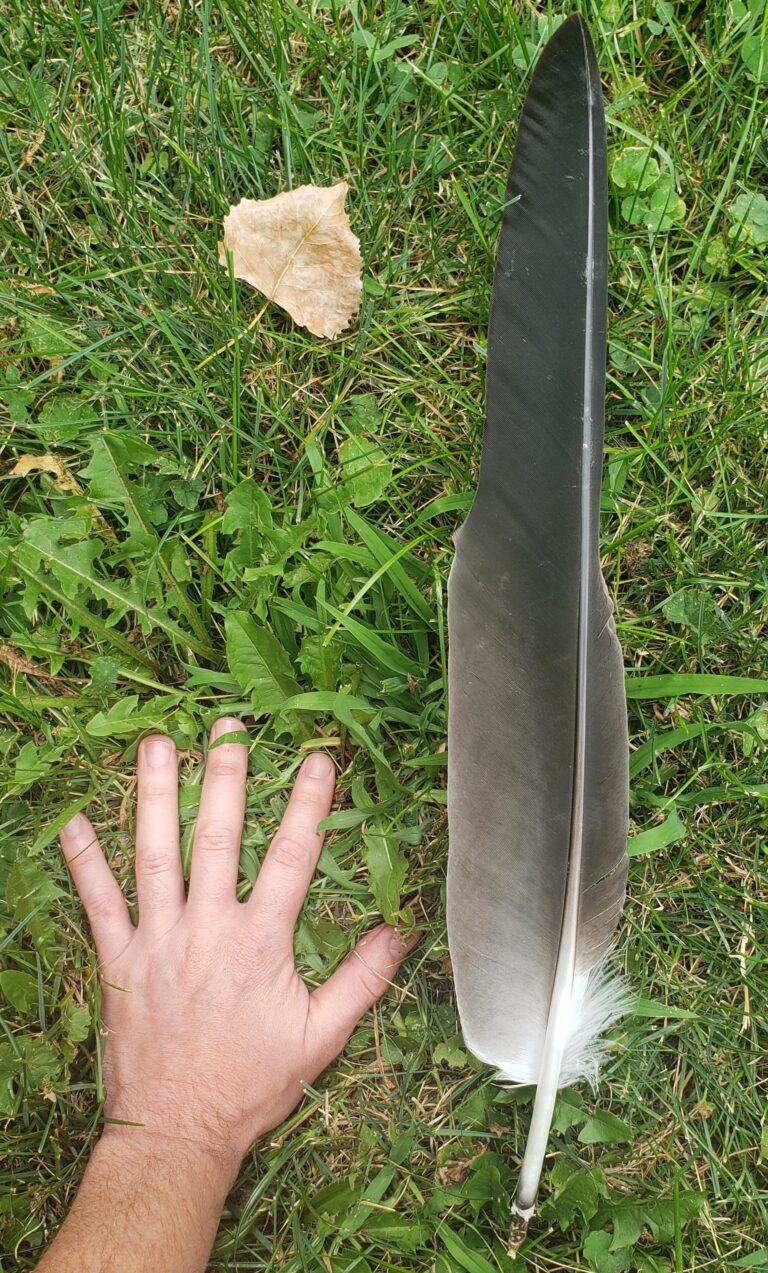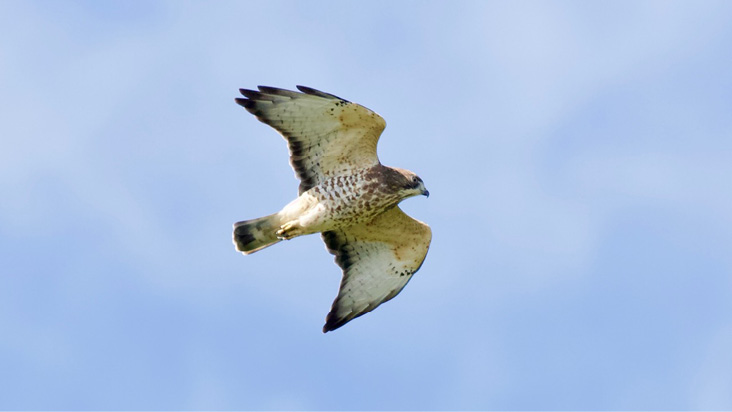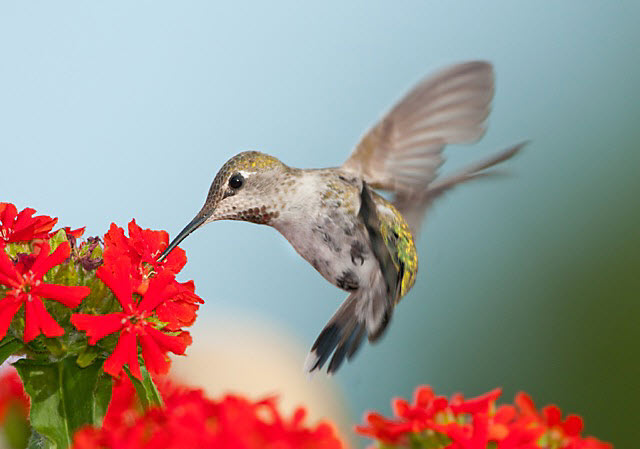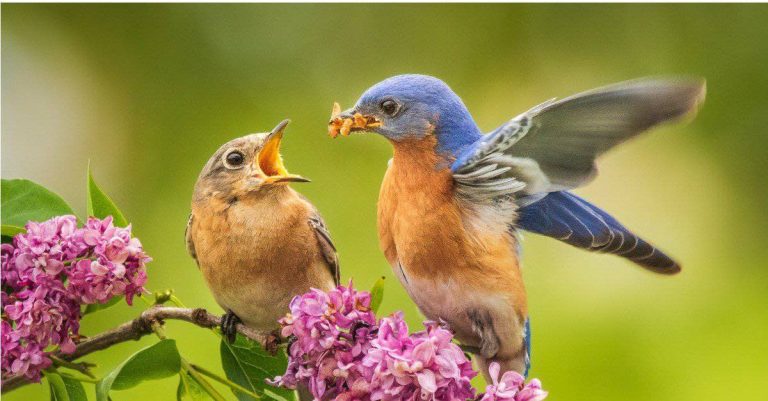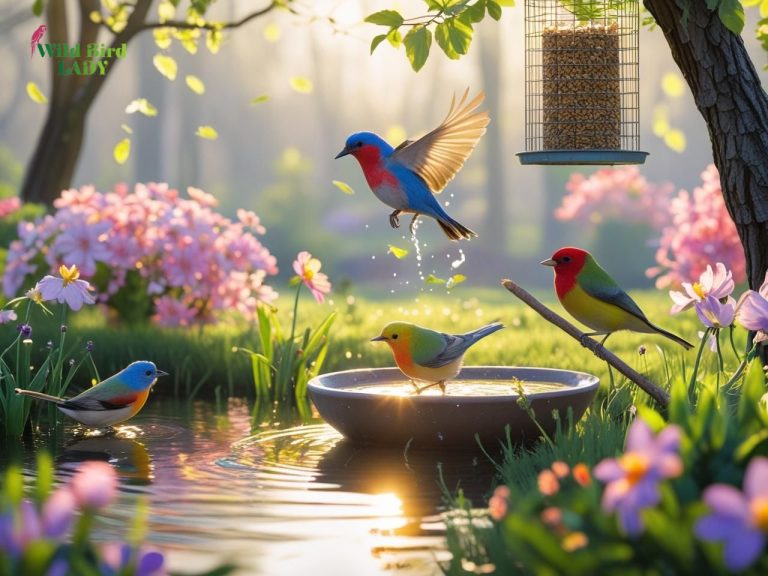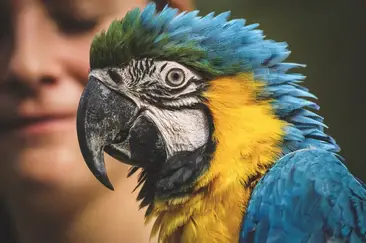How to Attract Hawks to Your Yard: A Complete Guide for Bird Lovers
If you’ve ever watched a hawk glide effortlessly across the sky, you know just how awe-inspiring these raptors can be. Their sharp eyes, powerful talons, and majestic presence make them one of the most fascinating backyard visitors for bird lovers and wildlife enthusiasts. But how do you actually attract hawks to your yard—and should you?
In this complete guide, we’ll cover everything you need to know about how to attract hawks safely and ethically, including what they eat, where they nest, and how to create a habitat that appeals to them—without putting smaller birds or pets at risk.
Why Attract Hawks to Your Yard?
Before diving into the “how,” let’s talk about the “why.” Hawks serve a vital ecological role as natural pest controllers. These birds of prey help manage populations of rodents, snakes, and even invasive bird species like European starlings.
Bringing hawks into your yard can:
- Help reduce rodent and pest populations naturally
- Support local raptor conservation
- Provide thrilling birdwatching opportunities
- Encourage biodiversity in your ecosystem
According to the Cornell Lab of Ornithology’s AllAboutBirds.org, hawks are keystone species—meaning their presence or absence significantly impacts the balance of their local ecosystems.
1. Know Your Hawks: Common Species to Attract
Different hawk species have different preferences, so knowing which types are likely to visit your area can help you tailor your approach.
🦅 Red-tailed Hawk (Buteo jamaicensis)
- Range: Widespread across North America
- Size: 18–26 inches long, wingspan up to 52 inches
- Habitat: Open fields, woodlands, and urban fringes
- Fun Fact: Their iconic screech is often used in movies for all raptors.
🦅 Cooper’s Hawk (Accipiter cooperii)
- Range: Throughout the U.S. and southern Canada
- Size: 14–20 inches long, agile flyers
- Habitat: Suburban areas, forests, and tree-lined neighborhoods
- Fun Fact: These hawks are fast, agile, and often seen zipping through trees.
🦅 Sharp-shinned Hawk (Accipiter striatus)
- Range: North America, especially during migration
- Size: 9–13 inches
- Habitat: Wooded areas and feeders (where small birds gather)
- Fun Fact: They’re the smallest hawks in the U.S.
Tip: Use the Merlin Bird ID app by Cornell to identify hawks visiting your area.
2. Create Hawk-Friendly Habitat
Attracting hawks starts with understanding their habitat needs. Hawks prefer open spaces for hunting, tall perches for scouting, and shelter for roosting or nesting.
🏞️ Provide Open Space for Hunting
Hawks hunt primarily by sight, scanning for prey from a perch or while soaring. Open areas like:
- Meadows
- Lawns
- Open woodland edges
- Garden beds with low vegetation
…are perfect hunting grounds.
Consider keeping part of your yard as a natural meadow or clearing if space allows.
🌲 Offer Tall Trees or Snag Perches
Hawks love to perch high where they can see potential prey. If you have mature trees, you already have a head start. If not, consider:
- Installing a raptor perch pole (at least 10–15 feet tall)
- Leaving a dead tree snag standing, if safe
- Avoiding topping tall trees that serve as natural lookouts
According to AllAboutBirds, large trees like pines and oaks are preferred for nesting and roosting.
3. Attract Prey (Yes, Really)
This might sound counterintuitive, but hawks won’t visit if there’s no food source.
🐁 Rodents and Small Mammals
Rodents like mice, voles, and rabbits are a hawk’s main meal. Encourage natural prey by:
- Leaving patches of unmown grass
- Creating brush piles
- Avoiding excessive pesticide use (which kills both prey and hawks indirectly)
🐦 Songbirds and Doves
Some hawks, especially Cooper’s and Sharp-shinned, prey on smaller birds. If you already have feeders, you might unintentionally be attracting hawks.
While this may seem harsh, remember: it’s part of the natural food chain. Raptors help maintain healthy bird populations by culling the weak or diseased.
🐍 Reptiles and Amphibians
If you live in a warmer climate, hawks also hunt lizards, snakes, and frogs. Rock piles and water features may increase their availability.
4. Provide Water for Drinking and Bathing
Like all birds, hawks need fresh water. A large birdbath or shallow pond can be very attractive to them, especially during dry seasons.
Ideal water sources for hawks:
- Ground-level birdbaths
- Large basin-style baths at least 2–3 inches deep
- Solar fountains to keep water moving and fresh
- Naturalistic water features or garden ponds
Fun Fact: Hawks often bathe just like robins—splashing and preening to keep their feathers in top condition.
5. Keep It Quiet and Safe
Hawks are shy compared to common backyard birds. Human noise, dogs, and other activity can scare them off.
🛑 What NOT to Do
- Don’t rush outside with a camera when you spot one. Observe from a distance.
- Don’t let cats or small dogs roam freely—hawks see them as prey or competition.
- Don’t use rodent poison or chemical insecticides.
Rodenticides can kill hawks secondhand when they eat poisoned prey—this is one of the leading causes of raptor mortality.
6. Install Nesting Boxes for Larger Hawks
Most hawks build their own nests, but some species may use large platforms if conditions are right. You can:
- Mount hawk nesting platforms 15–30 feet up in tall trees or poles
- Place them in secluded, quiet spots with nearby hunting areas
- Use natural materials like twigs, sticks, and dried grasses in your yard to encourage nesting
Note: This works best for larger species like Red-shouldered or Red-tailed Hawks, not for smaller, more secretive Accipiters.
7. Be Patient—Hawks Are Seasonal Visitors
Depending on your location, hawks may only be present during part of the year.
🗓 Seasonal Hawk Behavior
- Spring/Summer: Nesting and breeding season—look for hawks in wooded areas
- Fall: Migration begins; prime time to spot hawks soaring overhead
- Winter: Some species move south, while others may linger if prey is abundant
Use a tool like eBird to track local sightings and migration timing in your area.
8. Ethical Considerations When Attracting Hawks
It’s important to prioritize the health and safety of both hawks and other wildlife in your yard.
✅ DO:
- Use organic gardening methods
- Allow native prey species to thrive
- Observe from a respectful distance
- Educate neighbors and children about raptor behavior
❌ DON’T:
- Feed hawks directly (e.g., raw meat or store-bought rodents)
- Attempt to handle or interact with wild hawks
- Encourage hawks in areas where they could pose a threat to small pets
“Letting nature unfold naturally is the best way to support raptors,” says a spokesperson from the Cornell Lab of Ornithology.
9. Bonus: Best Plants to Attract Hawk Prey
While hawks won’t eat plants, the right vegetation can support the insects, rodents, and birds they rely on for food.
Native Plants That Help Build the Food Web:
- Goldenrod: Attracts pollinators and small insects
- Native grasses: Provide cover for rodents and ground-nesting birds
- Oak trees: Support more wildlife species than any other tree in North America
- Wildflowers: Boost insect populations for birds and small mammals
Native plant gardens create a self-sustaining ecosystem that draws in all levels of the food chain.
Final Thoughts: Embrace the Wild
Attracting hawks to your yard is about more than just birdwatching—it’s about restoring balance, welcoming biodiversity, and building a stronger connection with the natural world around you.
It takes time and patience to create a hawk-friendly habitat, but the reward is worth it: the unforgettable sight of a hawk circling overhead or perching silently in your trees.
So start small. Let your yard go a little wild. And who knows? You might just find yourself hosting one of nature’s most magnificent hunters.
FAQs About Attracting Hawks
Q: Will hawks hurt the songbirds at my feeders?
A: Possibly. But they usually target the weak or slow birds, contributing to a healthier population overall.
Q: Is it safe to have hawks around small pets?
A: Keep small pets under supervision, especially cats, rabbits, or small dogs. Hawks usually avoid humans but may see unsupervised animals as prey.
Q: How long will it take for hawks to show up?
A: It varies. Some yards may attract hawks within weeks; others take months depending on habitat quality and prey availability.
Want to learn more?
Explore more raptor tips and backyard birding advice at WildBirdLady.com.

